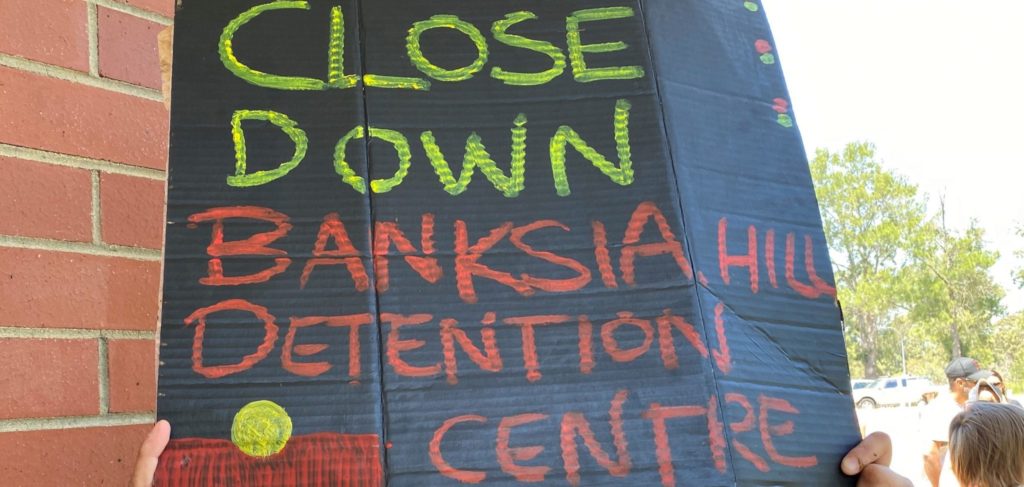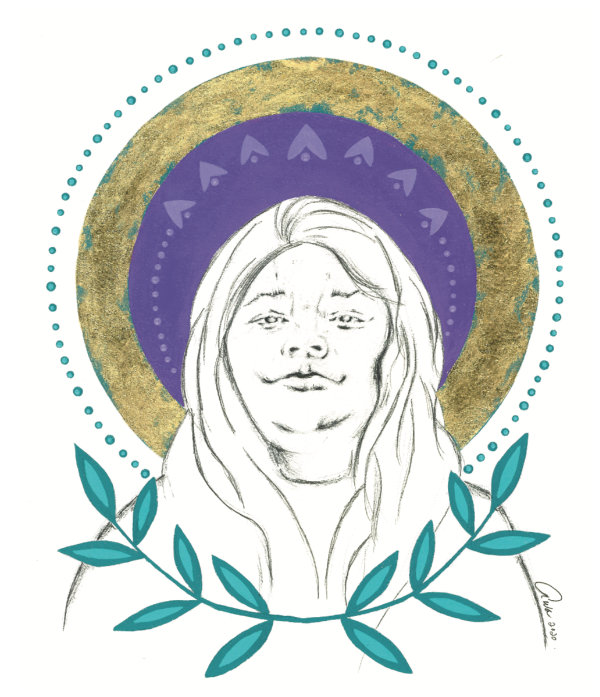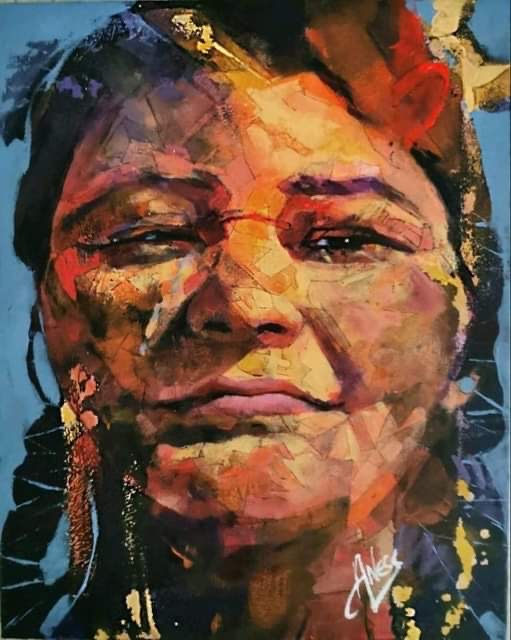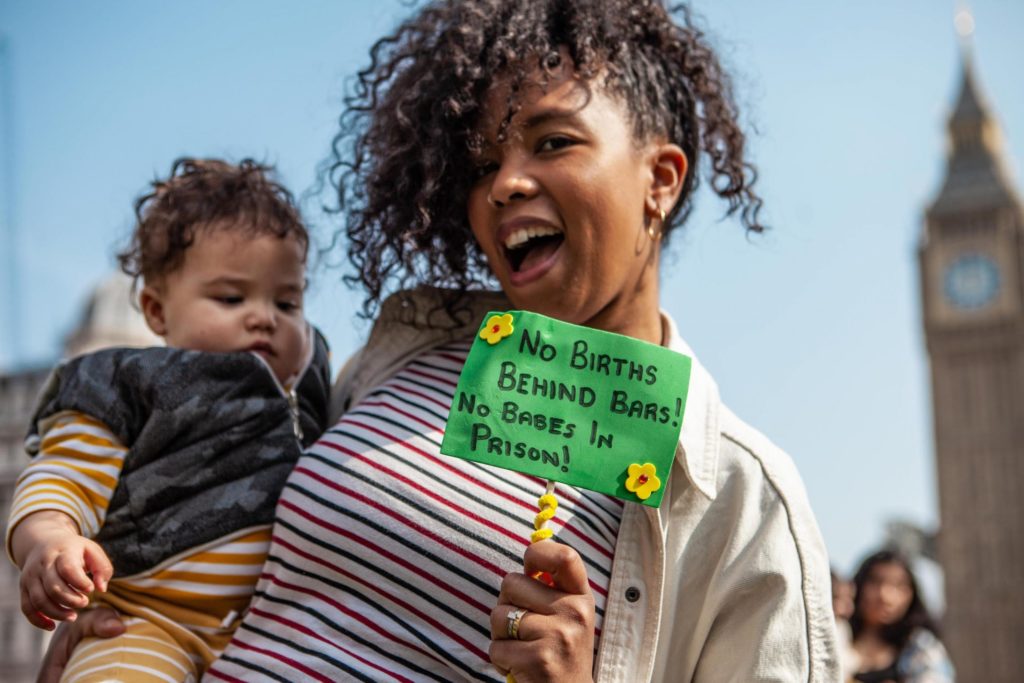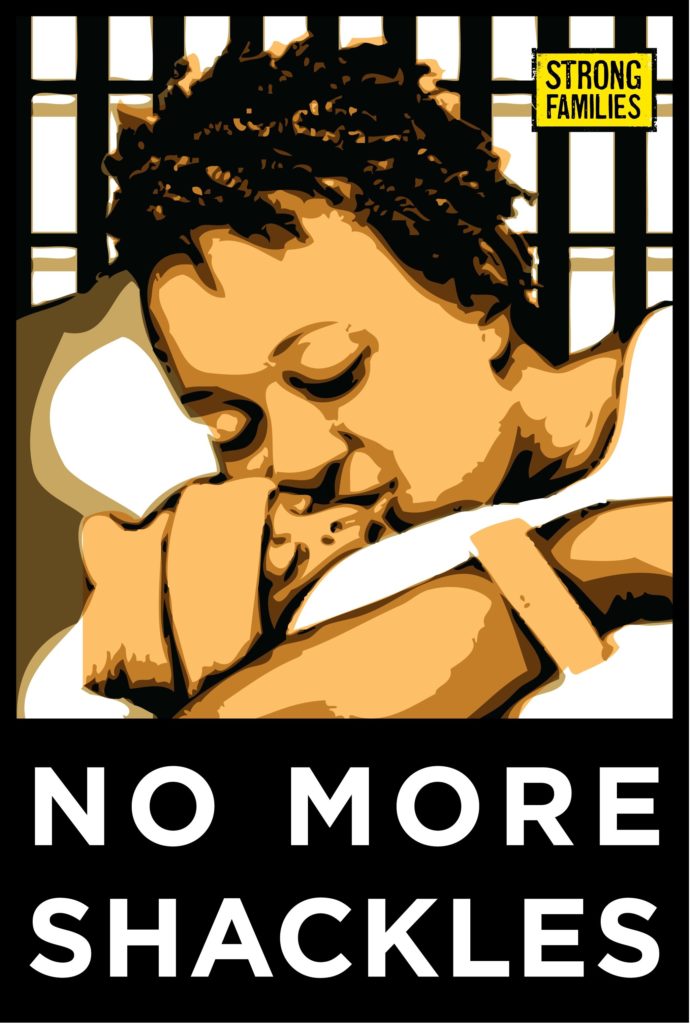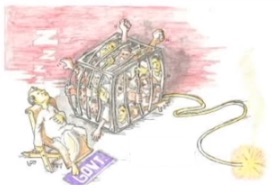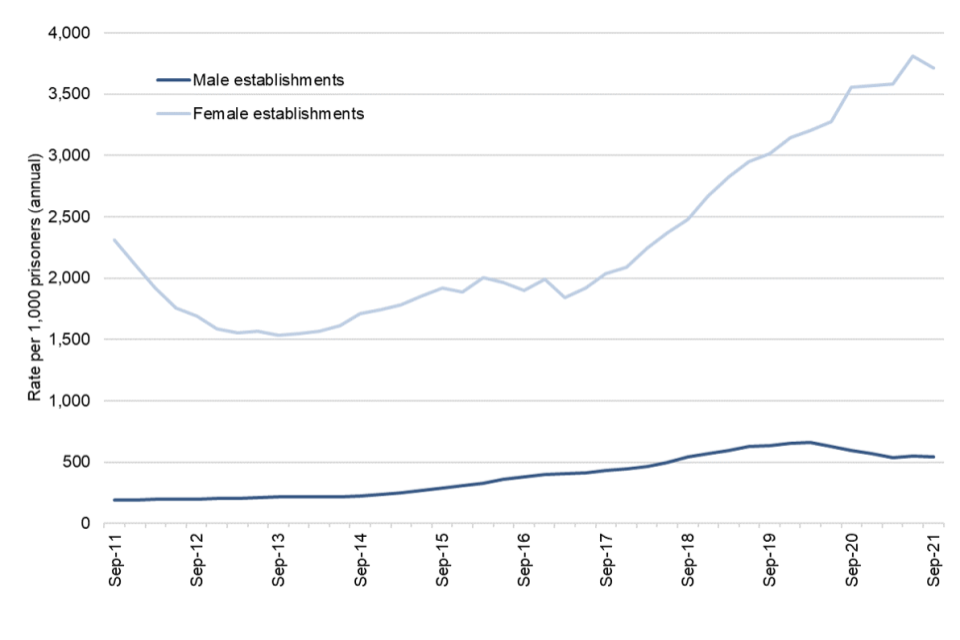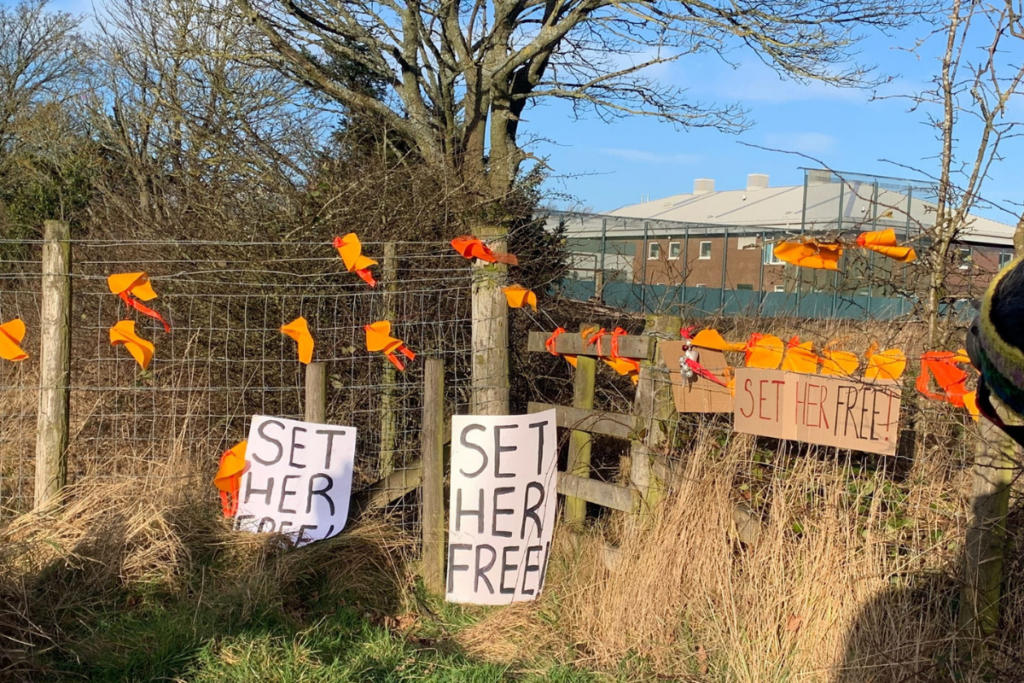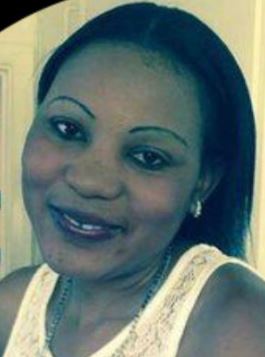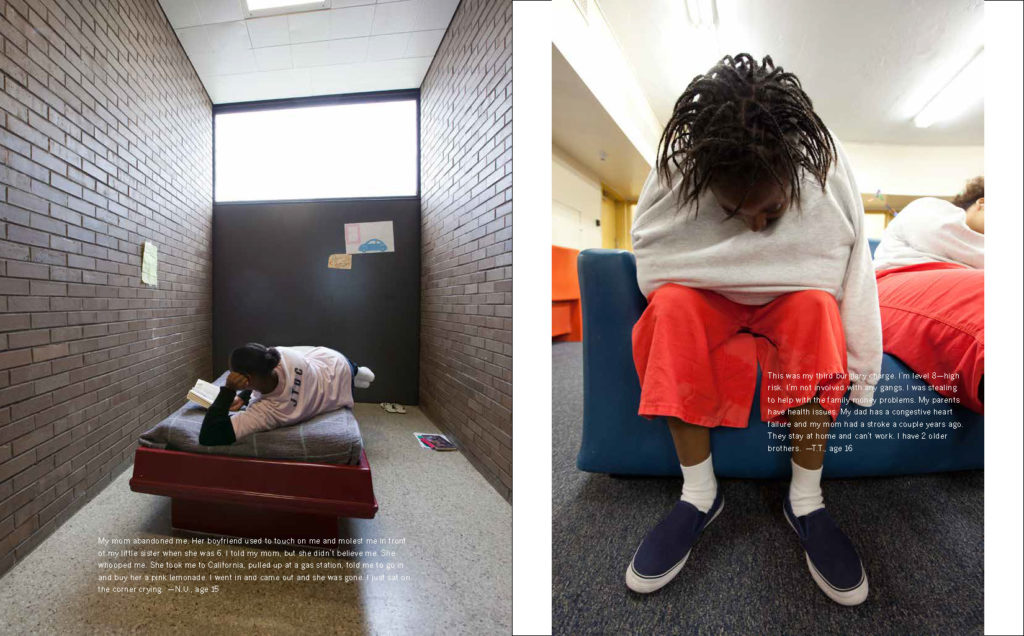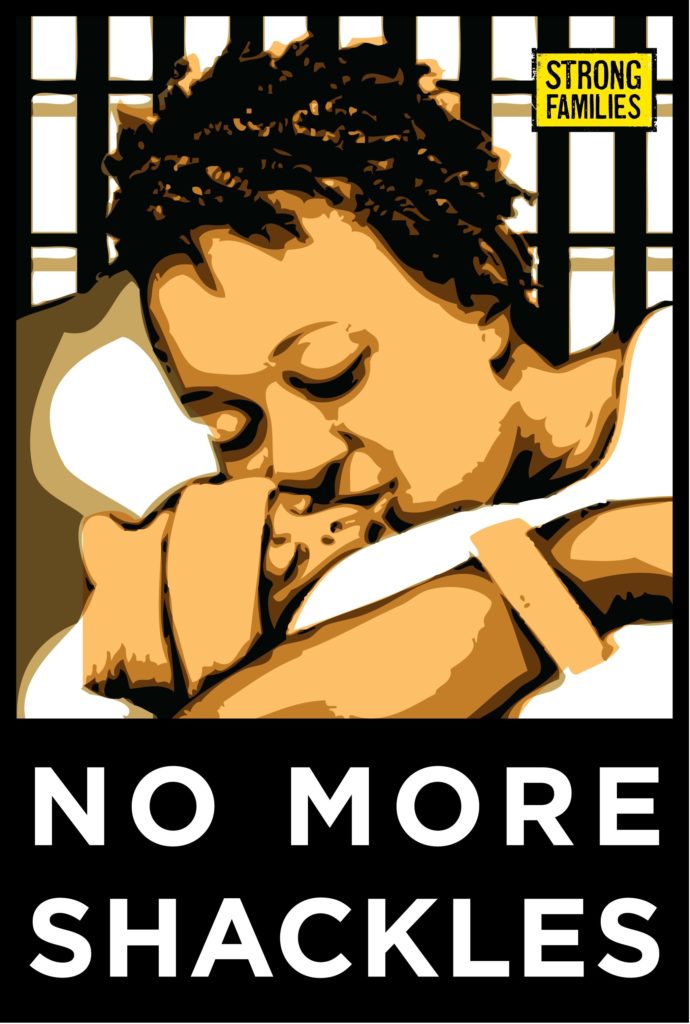
On April 8, 2022, the Alabama legislature passed a bill that bans the use of waist and leg shackles on incarcerated people during pregnancy, labor, delivery, and the immediate postpartum period, and specifies the conditions under wrist restraints may be used during the postpartum period. Alabama Governor Ivey signed the bill. On April 21, the Tennessee legislature passed its version of a bill banning the use of shackles on incarcerated pregnant people during pregnancy, labor and delivery. It also prohibits shackling incarcerated pregnant people behind the back or to another inmate. Both bills took years to pass, years of advocacy, organizing and just plain pushing on the part of legislators, formerly incarcerated people, such as Pamela Winn, and others. That leaves 13 states with no restrictions on the shackling in pregnant people. Further, even among the 37 states that have passed legislation banning the use of shackles on pregnant people, the laws are often riddled with exceptions and vagaries that leave judgement to the discretion of prison staff. This begs two questions, at the very least. First, why is it so difficult to ban shackling people who are pregnant, in labor, in delivery, or postpartum. Second, what is our collective investment in this form of torture that makes it so impermeable to common sense, medical knowledge, decency, humanity?
In 2009, New York outlawed the use of physical restraints on pregnant people during labor and delivery. In 2015, New York outlawed the use of physical restraints on pregnant people during in-custody transportation and the eight-week postpartum recovery period. In February 2018, Jane Doe was forced to undergo labor and delivery while her ankles were shackled, and her wrists were handcuffed to the bed. Who did this? The New York Police Department. Why? Because they could. Because she was already a Jane Doe, as far as they were concerned. The attending doctors asked the police to remove the restraints. The police said no. The doctors said New York state law bans the use of restraints. The police replied that the NYPD’s Patrol Guide required restraints and, importantly, the Patrol Guide supersedes state law. In April 2021, New York and Jane Doe settled the case. Jane Doe received $750,000. None of the attending officers was disciplined. They’re still on the job.
On January 7, 2020, police in Dayton, Minnesota, in Hennepin County, broke into a home thinking a resident was involved in the purchase of a stolen snowblower. He wasn’t. The police broke in. The house was occupied by a couple, both 26 years old, who were expecting the birth of their first child, in two weeks. The man was taken to jail and booked on charges that, after a year and a half, were dropped. The woman was taken, in handcuffs, and dumped in the Hennepin County Jail, where staff ignored her pleas for help. When she described her excruciating back pains, she was told it was stress. When her waters broke, she had to prove she wasn’t lying, and then she was finally taken to the hospital, a few blocks away. Throughout the transport and most of the delivery, the woman was shackled. She is suing the local police and jail and others for violation of her Constitutional rights as well as denial of medical care. The jail says they take this all very seriously. The thing is that, in 2015, Minnesota unanimously passed and then enacted An act relating to public safety; addressing the needs of incarcerated women related to pregnancy and childbirth. The act bans the use of shackles, sort of: “A representative of a correctional facility may not restrain a woman known to be pregnant unless the representative makes an individualized determination that restraints are reasonably necessary for the legitimate safety and security needs of the woman, correctional staff, or public.” Is the representative of the correctional facility trained to make that determination? No. But no matter. It’s up to them. At no time did anyone say that the woman in question was a threat or danger or a risk of flight. In fact, she was described by jail records as “cooperative with staff throughout the entire process.” After a long and arduous labor, the woman gave birth to a healthy child … in a toxic environment. The father remained in jail for days; the traumatized mother went into depression.
These are just two examples of the situation, even when laws have finally been passed banning the use of shackles on incarcerated people in pregnancy, labor, delivery, and postpartum. What do these laws mean when staff ignore them and with impunity? What do they mean to those giving birth, their families and communities? As well, what do they tell us about the rule of law? Why do we have a greater investment in shackles and handcuffs than we do in law, justice, decency, humanity? What will it take to break the chains, once and for all? It should not be this difficult to stop shackling people in childbirth. It should not be this difficult to stop shackling pregnant people. What exactly is our investment in the torture, trauma, humiliation of pregnant people?

(By Dan Moshenberg)
(Image Credit: Radical Doula) (Image Credit 2: New York Times / Andrea Dezsö)
